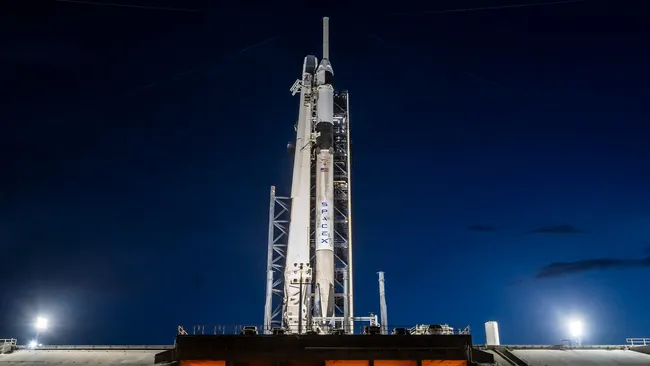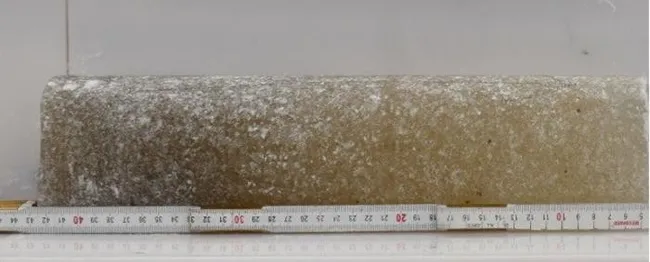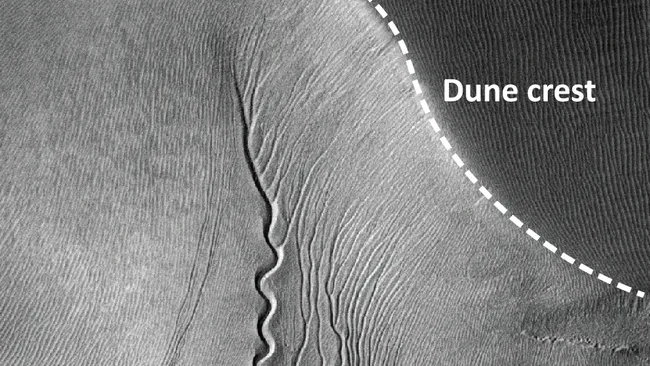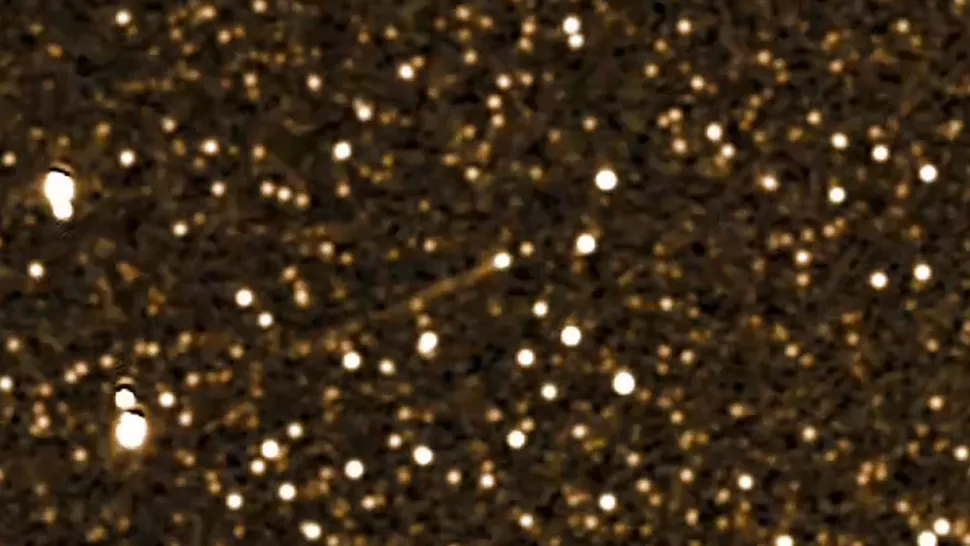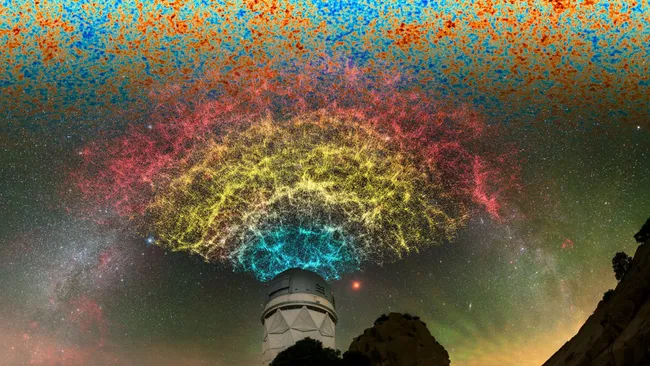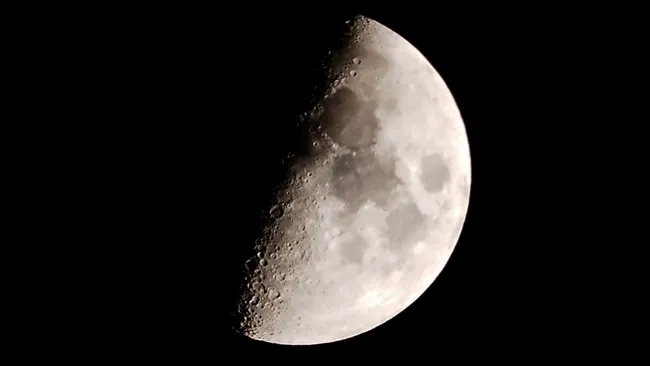NASA’s latest space project, the Nancy Grace Roman Space Telescope, could rewrite what we know about the cosmos. According to a new study, this groundbreaking observatory may uncover up to 100,000 explosive cosmic events, from the deaths of stars to rare phenomena that defy today’s understanding of the universe.
The Roman Telescope, expected to launch no later than May 2027, will conduct the High-Latitude Time-Domain Survey, scanning the same part of space every five days for two years. With this, it’s poised to catch supernovas, kilonovas, and possibly even the explosive endings of the first stars ever formed.
Cosmic Fireworks: From Standard Candles to Violent Deaths
The survey is expected to yield around 27,000 Type Ia supernovas, the kind of stellar explosions that help astronomers measure distances across the cosmos. These are known as standard candles due to their consistent brightness. Tracking them across time will let scientists peer back into the universe’s expansion history and potentially solve parts of the puzzle surrounding dark energy.
“This survey will be a gold mine,” said Benjamin Rose, lead researcher and assistant professor at Baylor University. “We’re not just talking about dying stars—we’re expecting to find things we’ve never even imagined.”
In addition to Type Ia supernovas, core-collapse supernovas could account for up to 60,000 events. These mark the violent ends of massive stars and play a key role in seeding the universe with heavy elements—critical for forming planets and even life.
Not Just Supernovas: Star-Gobbling Black Holes and Golden Collisions
The Roman Telescope is also set to detect tidal disruption events (TDEs), where unlucky stars get ripped apart by black holes. Around 40 such events are anticipated during the mission. But even rarer are kilonovas, the dazzling collisions of neutron stars. Though only five are expected, their importance is astronomical—they may be the cosmic factories of gold, silver, and other heavy elements.
Kilonovas shine brightly as unstable heavy elements decay into visible light. They could also help determine what remains after two neutron stars merge—perhaps a bigger neutron star, a black hole, or an entirely new class of object.
The Ultimate Find: First-Gen Star Deaths
Perhaps the most thrilling discovery Roman could make is the pair-instability supernova, a theorized event where the first generation of stars blew themselves apart entirely—leaving no remnants, only a signature of heavy elements. Though never confirmed, Roman could be the first to detect up to ten of these elusive explosions.
“I think Roman will make the first confirmed detection of a pair-instability supernova,” said Rose. “We’re definitely expecting the unexpected.”
Roman’s advanced near-infrared vision and deep sky coverage make it ideal for these discoveries, promising to revolutionize how we understand the birth, life, and death of stars, the behavior of black holes, and the nature of dark energy itself.
This study was published July 15 in The Astrophysical Journal.


